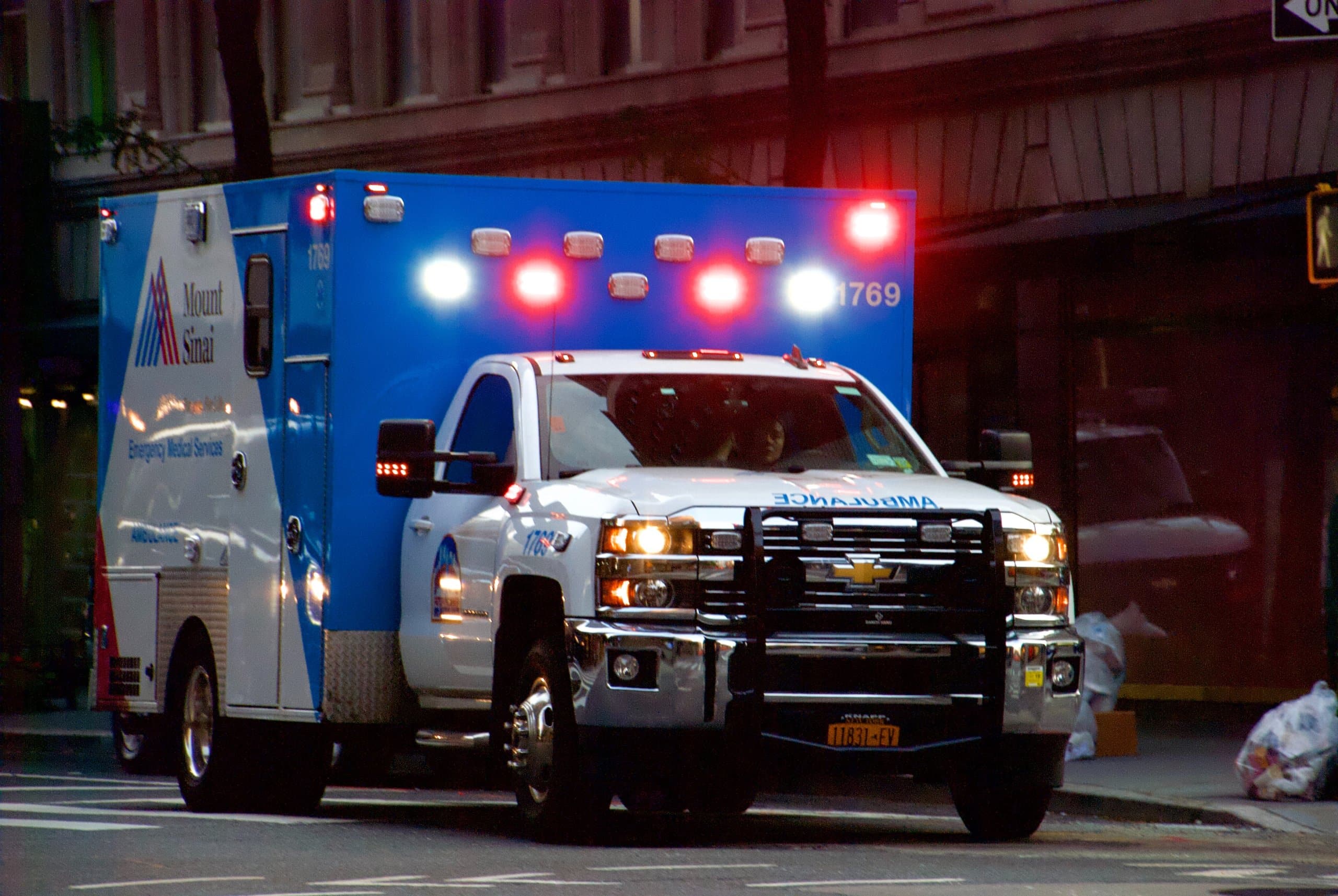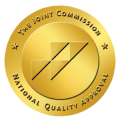A drug overdose can be accidental or intentional. Overdosing occurs when a person takes too much of a substance, whether accidentally or intentionally, which can lead to serious consequences and even death. According to the Centers for Disease Control and Prevention (CDC), more than 750,000 people have died since 1999 from a drug overdose. In 2018, two out of every three drug overdose deaths involved an opioid, which includes prescription opioids, heroin and synthetic opioids like fentanyl.
In particular, many states are reporting exponential increases in fentanyl-related overdose deaths. This often occurs because users of illicit drugs are unaware that their drugs may be adulterated with fentanyl. This has been particularly the case with heroin, methamphetamine, cocaine, and counterfeit Xanax and oxycodone. The CDC reports that most of this occurs on the black market and is added to the drug supply prior to entering the US leaving domestic sellers unaware that their drug products might be contaminated with fentanyl. Unfortunately, fentanyl overdoses can occur very rapidly, sometimes with the needle still inserted. Naloxone, which is the generic term for the brand name Narcan, is a safe and effective antidote to opioid-related overdoses and can be a critical life saving measure. Many states have expanded who can administer naloxone in the case of suspected overdose and have also conducted trainings for naloxone use as a part of harm reduction.
Symptoms of a Drug Overdose
Drugs get metabolized by people differently, so the symptoms of drug overdose may vary depending on the person, drug, and amount of the drug ingested. Common signs of a drug overdose are:
- Nausea and vomiting-
- The body’s natural reaction to a drug overdose may be to vomit the substances out of the body. However, this can lead to increased risk of choking and aspiration
- Drowsiness and loss of consciousness-
- When the brain is exposed to a high amount of drug toxins, it may respond by shutting down. This may first appear as drowsiness, or the person may appear asleep, however attempts to arouse them using a sternal rub or stimulus may often reveal they are actually unconscious. It is important to recognize this dangerous symptom.
- Issues with vital signs-
- Problems with vital signs like temperature, pulse, respiratory rate and blood pressure are all common with overdoses and are life threatening. These vital signs can be increased, decreased or completely absent.
- Trouble walking-
- Disorientation and confusion is common with overdose. A person may not be aware of their surroundings and they may be unable to keep their balance, appearing like they are drunk.
- Agitation and aggression-
- A person who is overdosing may appear easily agitated and exhibit violent behavior. They may talk rapidly or appear aggressive.
- Dilated or pinpoint pupils-
- Depending on the drugs that a person has taken, pupils will often change in size: when narcotics are used, a person’s pupils will constrict or appear “pin point” versus other drugs like cocaine which make pupils dilate or appear larger. This can be helpful for emergency health care workers when trying to determine the types of drugs taken.
- Shakes or tremors-
- As a result of the brain’s exposure to high levels of drug toxins, the electrical activity of the brain may also be disrupted, leading to the person shivering, trembling, convulsing or even having a seizure.
- Death-
- Unfortunately when a person cannot be revived and a proper anecdote to the overdose is not administered in time, the overdose can lead to death. It is critical to seek medical care sooner rather than later at the first sign or symptom that someone may have taken too many drugs or substances.
If you suspect someone has overdosed, you should call 9-1-1. It is not necessary for a person who is overdosing to have all of these signs or symptoms. If you suspect someone has overdosed, it is better to call 9-1-1. A suspected overdose requires immediate attention as well as information about the drug taken, the amount ingested and how long ago the drugs were taken. Recognizing the signs and symptoms of a drug overdose could help to save your life or the life of someone you love.
Specific Drug Overdose Symptoms
In the case of depressant overdose (i.e. heroin, morphine, oxycodone, fentanyl, methadone), benzodiazepines, and alcohol signs and symptoms of drug overdose include:
- Shallow breathing or not breathing
- Blocked airway (sounds like gurgling)
- Blue lips and/or fingertips
- Floppy limbs
- No response to stimulus (especially in response to a sternal rub)
- Disorientation
- Loss of consciousness-do not assume a person is asleep if they are unresponsive
In the case of a stimulant overdose, signs and symptoms include:
- Chest pain (amphetamines increase risk of heart attack and stroke)
- Disorientation (amphetamines increase risk of stroke and psychotic episodes)
- Severe headache
- Seizures
- High temperature where person is dangerously overheated but not sweating
- Difficulty breathing
- Agitation and paranoia
- Hallucinations
- Loss of consciousness (do not assume a person is asleep if they are unresponsive)
If a person has mixed more than one kind of drug at the same time, they are at an increased risk of overdose as well.
If you suspect someone has overdosed, you should call 9-1-1. Once again, a suspected overdose requires immediate attention as well as information about the drug taken, the amount ingested and how long ago the drugs were taken. Recognizing these signs and symptoms could ultimately help to save someone’s life.
Drug Rehab in Florida
If you or someone you know has overdosed in the past, or is at risk of dangerous substance use, it may be helpful to seek professional help. At Genesis House, addiction treatment specialists are able to work with you or your loved one to assess your situation and determine an individualized treatment plan that will suit your needs. A professional will be able to take a thorough substance use history and determine if alcohol treatment is recommended and the best therapeutic course of action is warranted.









